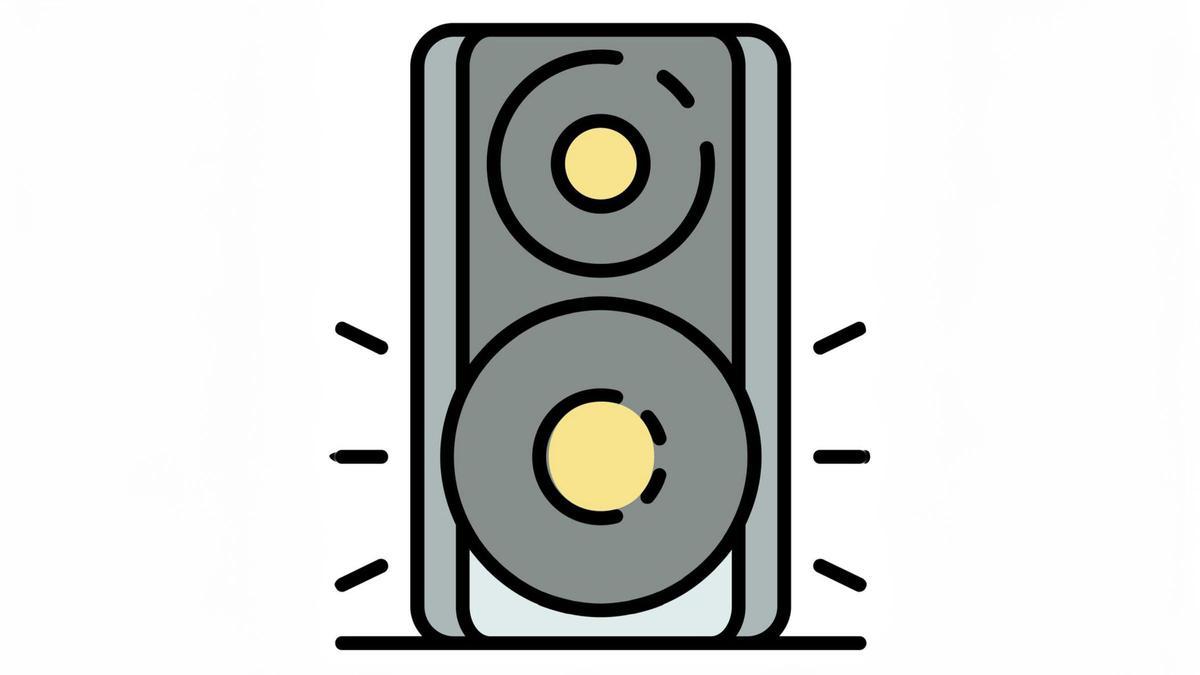Barcelona’s live music model has certain characteristics that make it attractive to some, inaccessible to others, and hostile to others. On the one hand, it created a calendar of music festivals integrated into the urban fabric: unlike other capitals, it did not concentrate them in peripheral wastelands, but it also did not have large urban parks, so it found a place for itself in spaces sufficiently wide and open (Forum, Poble Espanyol, Fair ) But it does not stop generating friction with residential areas. This respects the larger festivals that largely target young and international audiences. But there is another small aspect to think about: in a densely populated city and with often aging housing stock, the coexistence of small live music venues and music on the street, with the rest of the neighbors is not exempt from conflict.
The first dilemma concerns a festival model that has its critics, and in many respects it is a crisis in the face of the power of large tours and the worsening of the attendee experience in cases that have not been set aside for amplification. But this facilitates the continued presence of high-level proposals in the city and attracts value-added tourism. When it is said that sun and beach tourism or stag party tourism must have good alternatives, with purchasing power and cultural motivation, we cannot immediately reject one of the forms it takes: music tourism. The difficulty of making small rooms compatible with the comfort of the inhabitants has a different consequence: a serious restriction of local creativity and the reception of alternative offers.
Clearly, there is debate about the proper use of urban space. In this confrontation between interests, ways of reconciliation must be found. Barcelona is a city first and foremost. And also the Mediterranean Sea. All of this means wealth, creativity and coexistence. Coexistence through mutual respect. Respect for the right to rest (which is even more evident when it is increasingly assumed that noise pollution affects health rather than an intrinsic and inevitable feature of urban life), but also the assumption that the city is alive, with activities, interests and groups that transcend our preferences and tastes. An individual vision of urban life in which we can live isolated in our home with nothing to bother us might be possible in an urban model similar to the American suburban model, or in a rural setting. The fundamentalism of silence, or the regime’s denunciation of any behavior that makes us uncomfortable, cannot be considered a model of coexistence either. There are, of course, limits marked by different regulations, which must protect health and comfort and must be respected. And also alternatives (such as those proposed to be promoted by the Circuit de Catalunya), crowd control measures, timetables, isolation or sound that could seek to find a meeting point between conflicting interests. But the exclusion of any musical event that does not take place in a closed and isolated room constitutes a blow to the open city model that should characterize Barcelona.

“Professional web ninja. Certified gamer. Avid zombie geek. Hipster-friendly baconaholic.”



